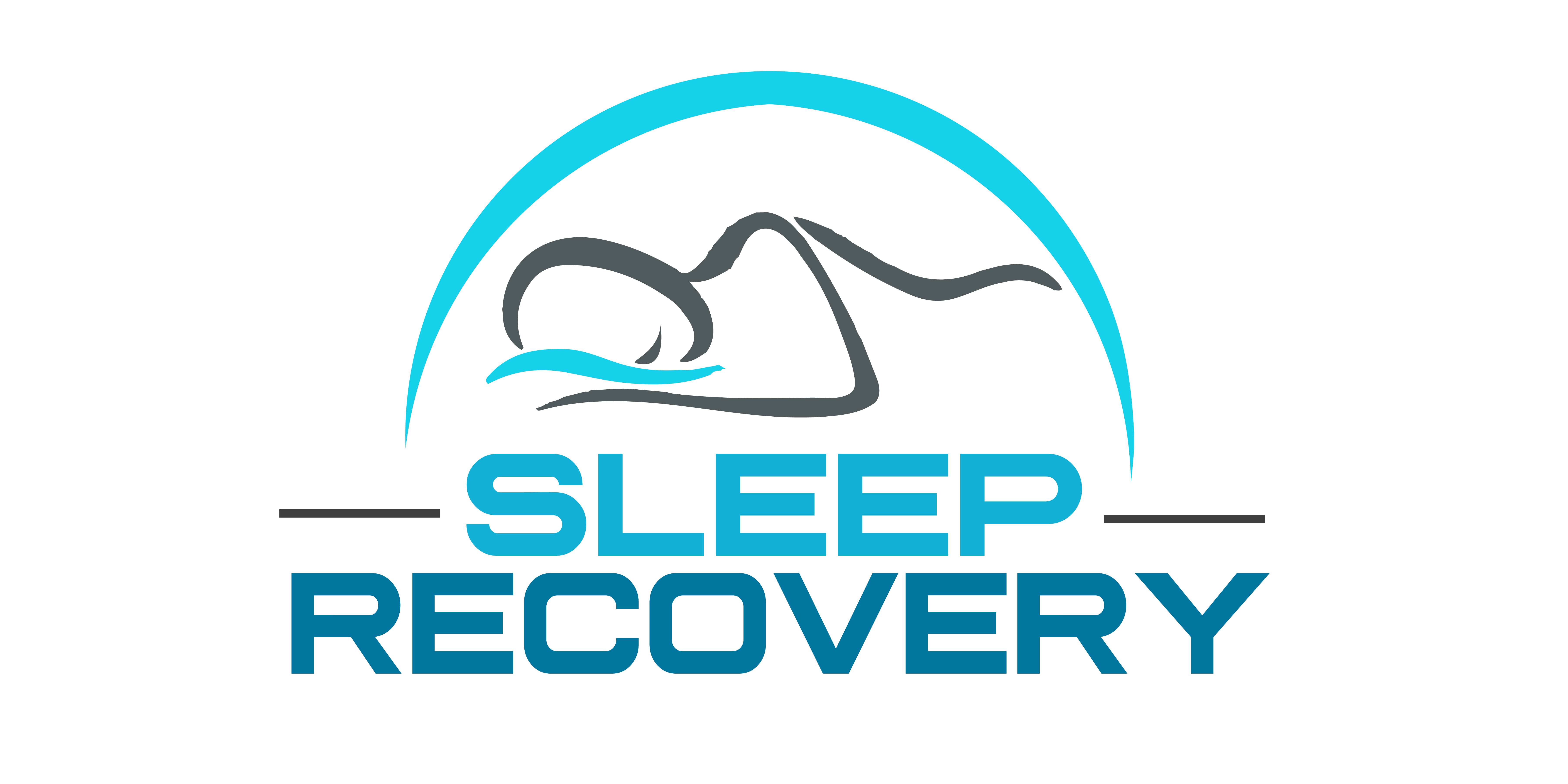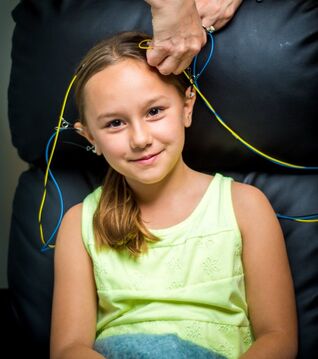Can a Child Have Insomnia? How Parents Can Screen Sleep Quality in Kids

Behind the seemingly boundless energy of childhood, a silent epidemic of sleep disruption affects millions of young minds. Modern pediatric sleep research reveals that childhood insomnia, often invisible to parents and medical professionals alike, shapes neural development in ways that can echo throughout a lifetime. Understanding this hidden challenge requires delving into the complex interplay of genetics, environment, and developing brain architecture.
The Hidden Nature of Childhood Sleep Disruption
Unlike adult insomnia, which often manifests in obvious ways, childhood sleep disorders frequently masquerade as behavioral issues or learning challenges. Dr. Elena Rodriguez, director of pediatric sleep medicine at Stanford, explains: “Children rarely tell us they can’t sleep. Instead, they show us through subtle behavior, emotion, and cognitive function changes.”
Research reveals disturbing patterns:
– 30% of children experience significant sleep disruption
– Only 15% of cases are identified during routine medical visits
– 68% of affected children show no apparent nighttime distress
– Average diagnosis delay: 2.4 years
The Co-Condition Complex
Childhood insomnia rarely exists in isolation. Advanced sleep studies demonstrate intricate connections between sleep disruption and various developmental challenges:
Undiagnosed Anxiety
Modern neuroimaging reveals that childhood anxiety often manifests first as sleep disruption, creating a complex cycle:
– Altered brain wave patterns during sleep periods
– Disrupted emotional processing during sleep
– Compromised memory consolidation
– Increased daytime stress sensitivity
– Unexplained emotional irritability
Attention Challenges
Sleep disruption can both mimic and exacerbate attention difficulties:
– Reduced cognitive processing speed
– Impaired executive function
– Decreased impulse control
– Compromised learning retention
Hidden Trauma
Children’s remarkable resilience can mask significant emotional challenges:
– Subconscious processing during sleep becomes disrupted
– Dream stages show altered patterns
– Emotional regulation suffers
– Behavioral impacts may appear unrelated to sleep
The Subtle Signs
Parents often miss crucial indicators of sleep disruption. Key questions that reveal hidden patterns include:
Morning State
– “How do you feel when you first wake up?”
– “Does your body feel heavy in the morning?”
– “Do you have trouble remembering your dreams?”
Daytime Function
– “When do you feel most tired during the day?”
– “Do you ever feel your mind getting fuzzy?”
– “How hard is it to focus in school?”
The Hereditary Connection
Recent genetic research illuminates how sleep patterns travel through family lines:
Genetic Factors
– Sleep architecture shows 60% heritability
– Anxiety predisposition carries a 40% genetic component
– Stress response patterns demonstrate familial patterns
– Circadian rhythm preferences show strong genetic links
Transgenerational Trauma
Modern epigenetic studies reveal how family histories influence sleep:
– Trauma effects can span three generations
– Sleep regulation genes show modified expression
– Stress response patterns demonstrate inheritance
– Emotional processing shows familial patterns
The Neurofeedback Solution
The American Academy of Pediatrics‘ endorsement of neurofeedback for attention disorders opens new possibilities for addressing childhood sleep challenges. This non-invasive approach offers particular benefits for young developing brains:
Direct Neural Regulation
– Stabilizes irregular brain wave patterns
– Enhances natural sleep architecture
– Improves emotional processing
– Strengthens attention networks
Comprehensive Benefits
– 75% improvement in sleep quality
– 68% reduction in anxiety symptoms
– 82% enhancement in attention capacity
– 70% better emotional regulation
Family System Impact
The benefits often extend beyond the treated child:
– Improved family dynamics
– Enhanced parent-child communication
– Reduced household stress
– Better overall family sleep patterns
Implementation Strategies
Successful childhood sleep intervention requires a sophisticated, multi-faceted approach:
Assessment Protocol
– Detailed sleep history
– Family pattern evaluation
– Neural activity mapping
– Behavioral observation
Treatment Integration
– Customized neurofeedback protocols
– Family support systems
– School coordination when needed
– Regular progress evaluation
The Path Forward
For parents discovering their child’s sleep challenges, knowledge brings understanding and hope. Modern neuroscience offers unprecedented insights into supporting healthy sleep development:
Immediate Steps
– Professional sleep evaluation
– Neural pattern assessment
– Family history review
– Environmental optimization
Long-term Support
– Regular sleep quality monitoring
– Ongoing neurofeedback as needed
– Family system support
– Educational coordination
A Message of Hope
To parents worried about their children’s sleep: You’re not alone, and practical help exists. Your awareness of these challenges is a crucial first step toward a solution. By understanding the complex nature of childhood sleep disruption and accessing appropriate support, you can help your child develop healthy sleep patterns that will serve them throughout life.
Remember that addressing sleep challenges early creates positive change throughout your child’s development. Whether dealing with anxiety, attention issues, or unexplained sleep disruption, modern neurofeedback approaches offer safe, practical paths to improvement.
Your child’s journey to better sleep opens doors to enhanced learning, stronger emotional regulation, and improved family dynamics. You can help your child achieve restful, restorative sleep that supports healthy development and lifetime well-being through compassionate understanding and evidence-based intervention.
The gift of quality sleep represents one of the most profound contributions to your child’s future success and happiness. With growing awareness and sophisticated treatment options, we can help our children develop healthy sleep patterns that will support them throughout their lives.

